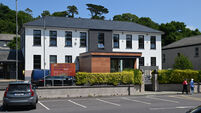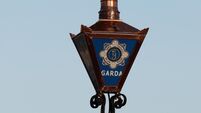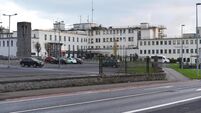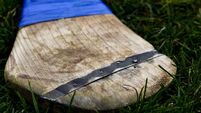Almost 70% of towns are litter free, survey finds
Only Dublin’s north inner city and Knocknaheeny in Cork were judged to be litter blackspots. Both showed a deterioration in cleanliness since a previous survey conducted last year.
IBAL chairman Dr Tom Cavanagh said towns were not letting their cleanliness levels slip, despite a squeeze on resources and public spending.
He said towns were staying clean because of the level of local pride and volunteerism in communities and a greater need to attract tourists, local shoppers and new inhabitants.
Dr Cavanagh was speaking ahead of today’s announcement of Ireland’s cleanest towns.
The overall winner will be chosen from five top-ranking towns — Cavan, Dun Laoghaire, Co Dublin, Killarney, Co Kerry, Swords, Co Dublin and Trim, Co Meath.
Nine towns, including Youghal in Co Cork, will be presented with awards for remaining litter free for five consecutive years and for spending less on staying clean than when they started their anti-litter campaigns.
A total of 38 of the 53 towns and cities surveyed by An Taisce were deemed clean to European norms, a similar number to last year.
Sweet papers, chewing gum and fast food wrappers are the most common forms of litter in Ireland and there had been an increase last year in the prevalence of all three types compared to 2010.
Dr Cavanagh pointed out that when IBAL started the league 10 years ago, just two of the country’s towns were clean to European norms and one-in-three were litter blackspots.
“We have witnessed a quiet revolution in the appearance of our towns and cities over the past decade and IBAL has been a driver of this,” said Dr Cavanagh.
“In fact, 90% of local authorities recently stated that if the league were to cease, there would be a drop off in the cleanliness levels we have achieved.”
However, an Taisce described areas in north inner Dublin as not just littered, but as suffering from long-term abuse and neglect. Residential areas of Knocknaheeny in Cork city were described as being in a terrible state.
Dr Cavanagh said Knocknaheeny was the same today as it was 10 years ago.
“The trouble with Cork’s northside is that there are rows of low-cost housing, so it is harder to organise a clean up. As a first step, however, somebody from the local authority will have to go out and talk to the people living there.”
He said GAA clubs and schools in the area could play a leading role by getting the message across to people living in the area, not just children, about keeping the area clean.
When Barnardos established a childcare centre in Knocknaheeny it asked people what they disliked the most about living there — more than eight-out-of-10 said it was the litter.
“Pouring money at the problem is just a waste of time — it is an organisational matter,” said Dr Cavanagh, who said IBAL would continue to work with the two blackspot areas until the trend was reversed.












